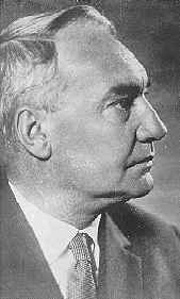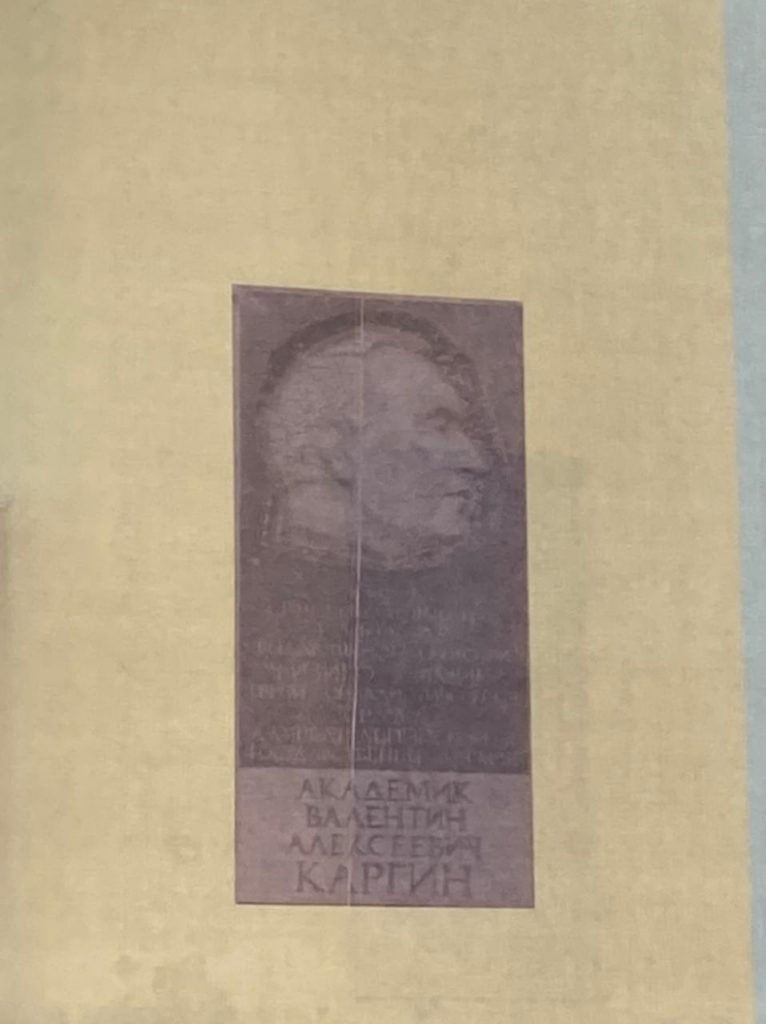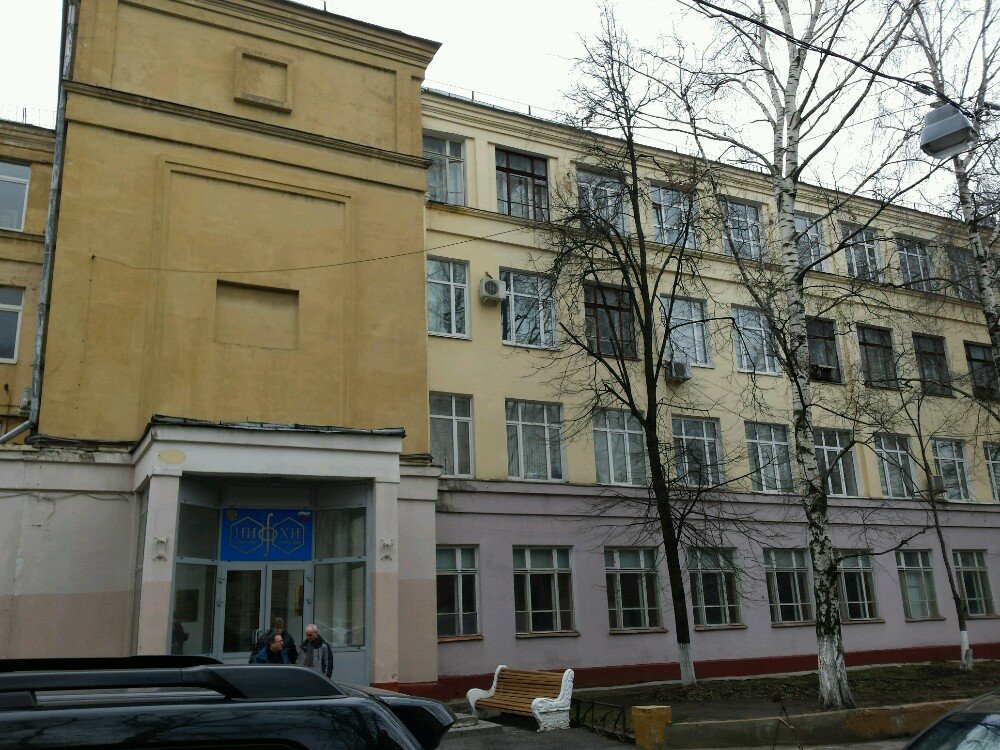Valentin Alekseevich
Kargin
1907-1969

Valentin Alekseevich Kargin was a Soviet physicochemist and founder of the scientific school. Also, he was the head of the laboratory of the L.Y. Karpov Research Institute of Physics and Chemistry and Head of the Department of High Molecular Compounds of Moscow State University, academician of the USSR Academy of Sciences. He was born in the city of Yekaterinoslav (then Dnepropetrovsk, now Dnipro Ukraine). He was the son of a mining engineer. The family lived in the city of Tver (which is sometimes mistakenly indicated as the place of birth of the scientist), the son was born during the stay of his mother with her parents. Since 1917 the family lived in the city of Klin, now the Moscow region. There in 1922 he finished the 2nd stage school. Since 1922 he worked as a timekeeper at the drilling wells of the Kursk magnetic anomaly. In January 1924, he arrived in Moscow, joined the L.Y. Karpov Research Institute of Physics and Chemistry as an intern, where he worked for 45 years, until the last day of his life. In 1925 he entered, and in 1930 graduated from the Chemical department of the Physics and Mathematics Faculty of Moscow State University. By the time he graduated from the university, he had already published 7 scientific papers, and since 1927 he worked as a researcher at the L.Y. Karpov Research Institute of Physics and Chemistry. Simultaneously with his studies, he worked as a chemist’s assistant in the Rudmetalltorg trust (1925-1926), senior chemist in the Russian Gems Trust (1926-1927). After graduating from the university, he was the Head of the Laboratory of Colloidal Chemistry of the Scientific Research Institute of Physics and Chemistry named after L.Y. Karpov. In 1932-1934 he participated in the Tajik-Pamir expedition, during which he discovered a mineral deposit. By the mid-1930s, V.A. Kargin became one of the largest authorities in the field of polymer chemistry. In the late 1930s he showed for the first time (together with S.P. Papkov and Z.A. Rogovin) that polymer solutions, contrary to the ideas of that time, are thermodynamically reversible systems obeying the phase rule. Studies of the mechanical properties of polymers led him to fundamentally important conclusions about the nature of their physical and phase states. The idea of the connection of the supramolecular structure with the physicomechanical properties of the polymer, expressed in the mid-1950s, later received numerous experimental confirmations. This idea aroused Kargin’s deep interest in the synthesis and chemical modification of macromolecules as a means of directed formation of the supramolecular structure of polymer bodies, it also determined the methodology of research of the V.A. Kargin school in subsequent years. During the Great Patriotic War, he was engaged in the use of polymers in the defence of the country. During these years, he developed a special chemical impregnation widely used in the army for military personnel’s clothing, several fundamentally new types of plexiglass (especially widely used in aviation). After the Victory, V.A. Kargin made a fundamental contribution to the theory of solutions of high-molecular compounds, for the first time correctly formulated ideas about their thermodynamic properties. V.A. Kargin’s research in the field of polymer structure and the relationship of supramolecular structures with the physico-mechanical properties of polymer materials has received worldwide recognition. These works served as the basis for the creation of a modern theory of processing plastics, rubbers and chemical fibers.
Address: Moscow, Vorontsovo Pole str., 10, p. 1

